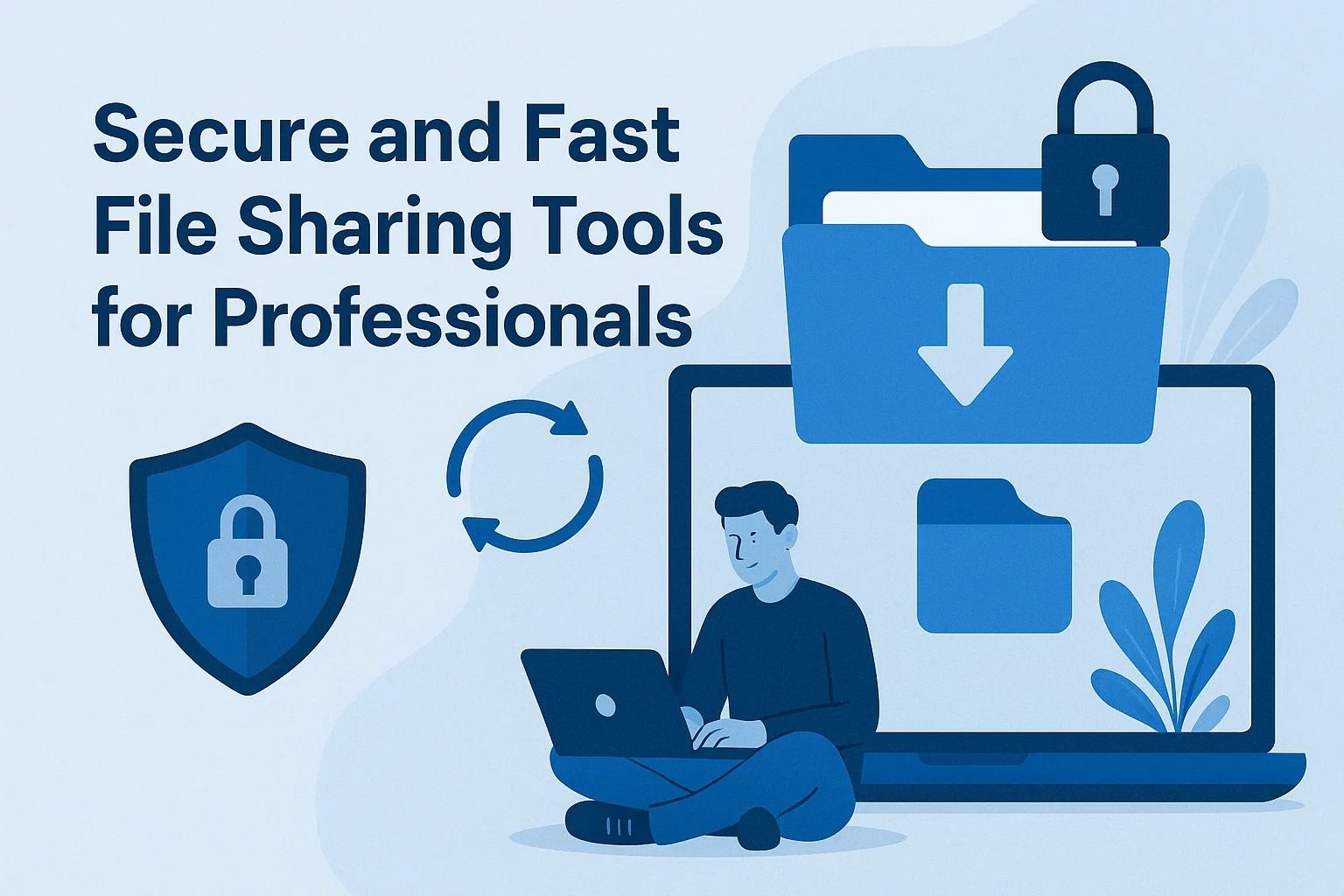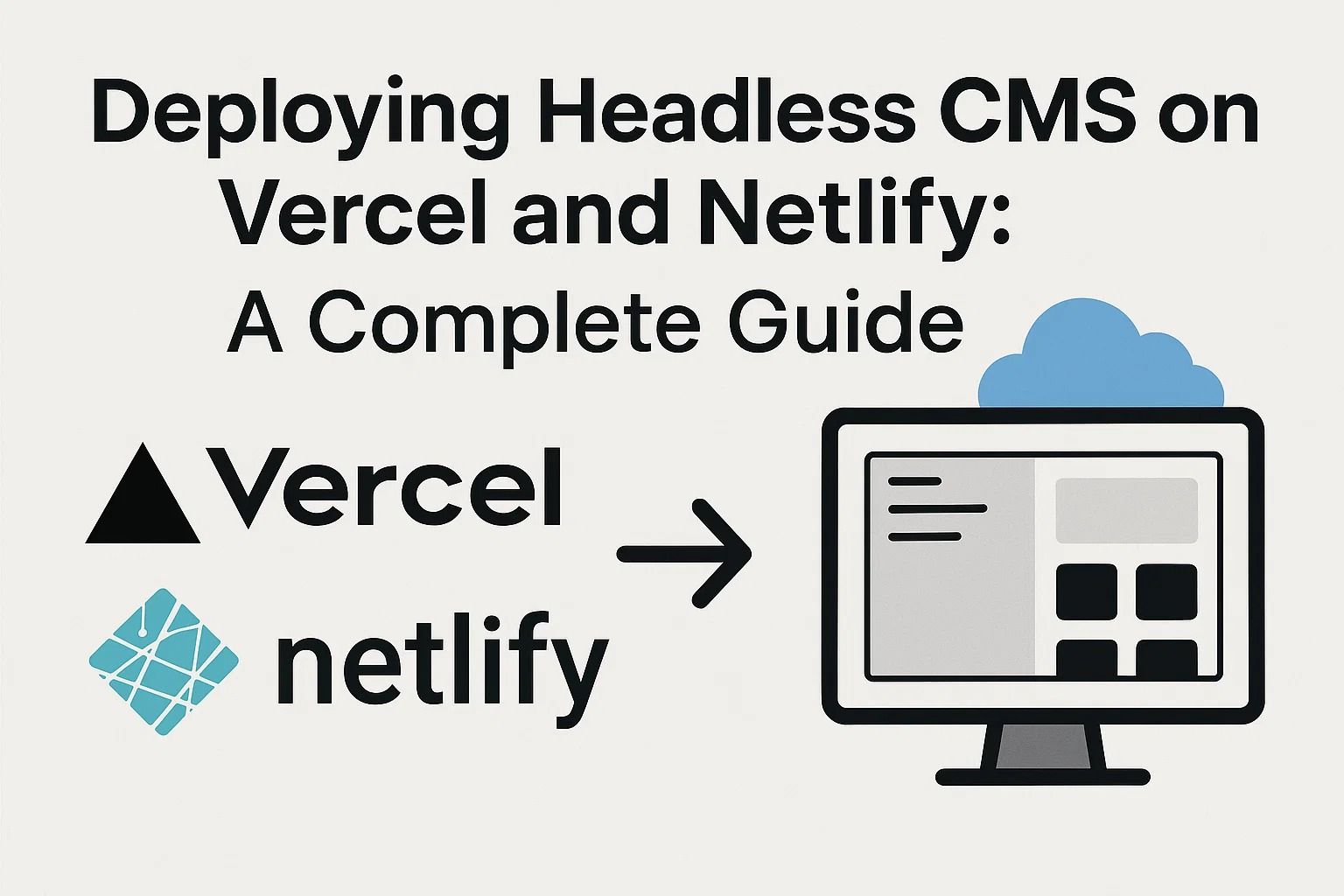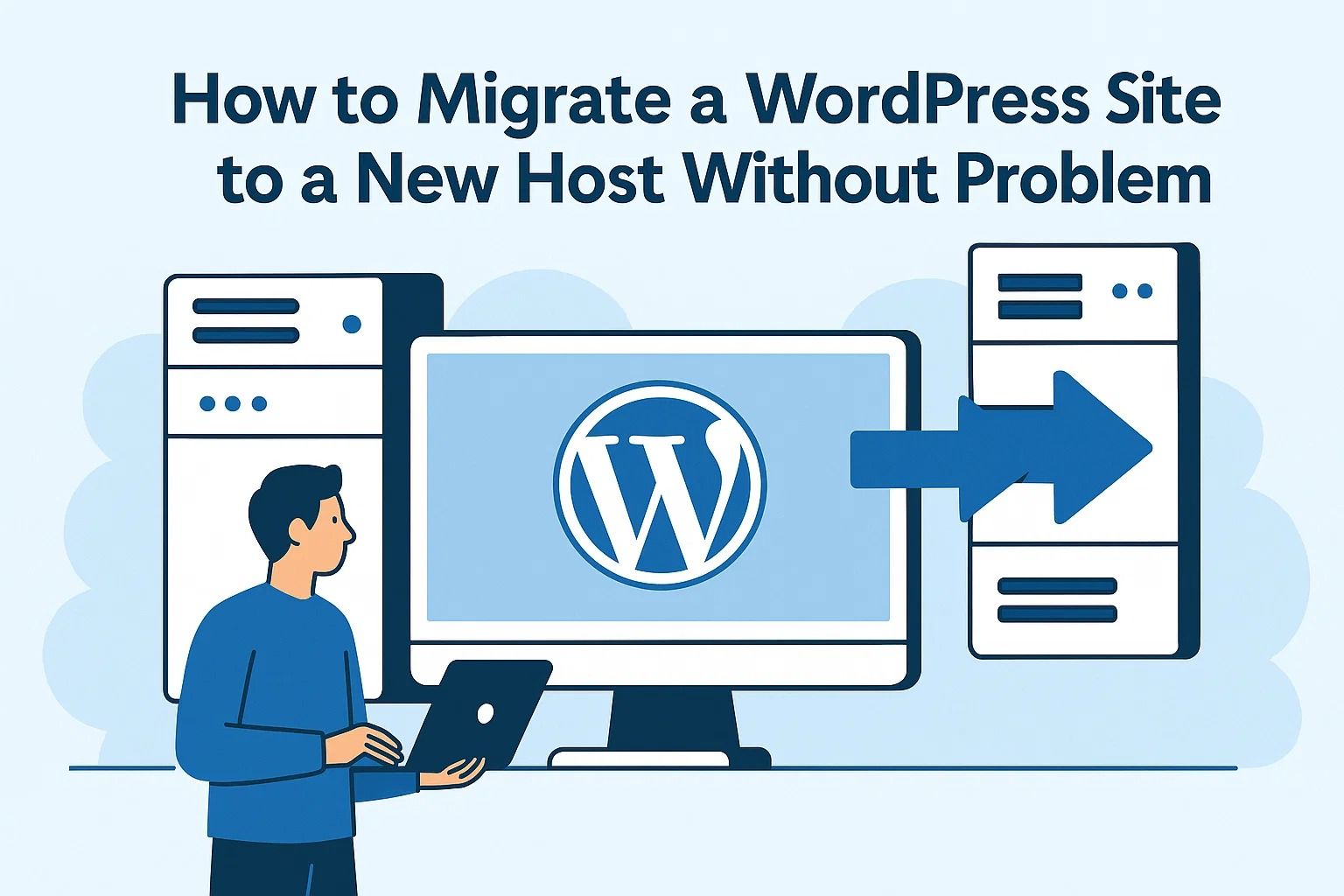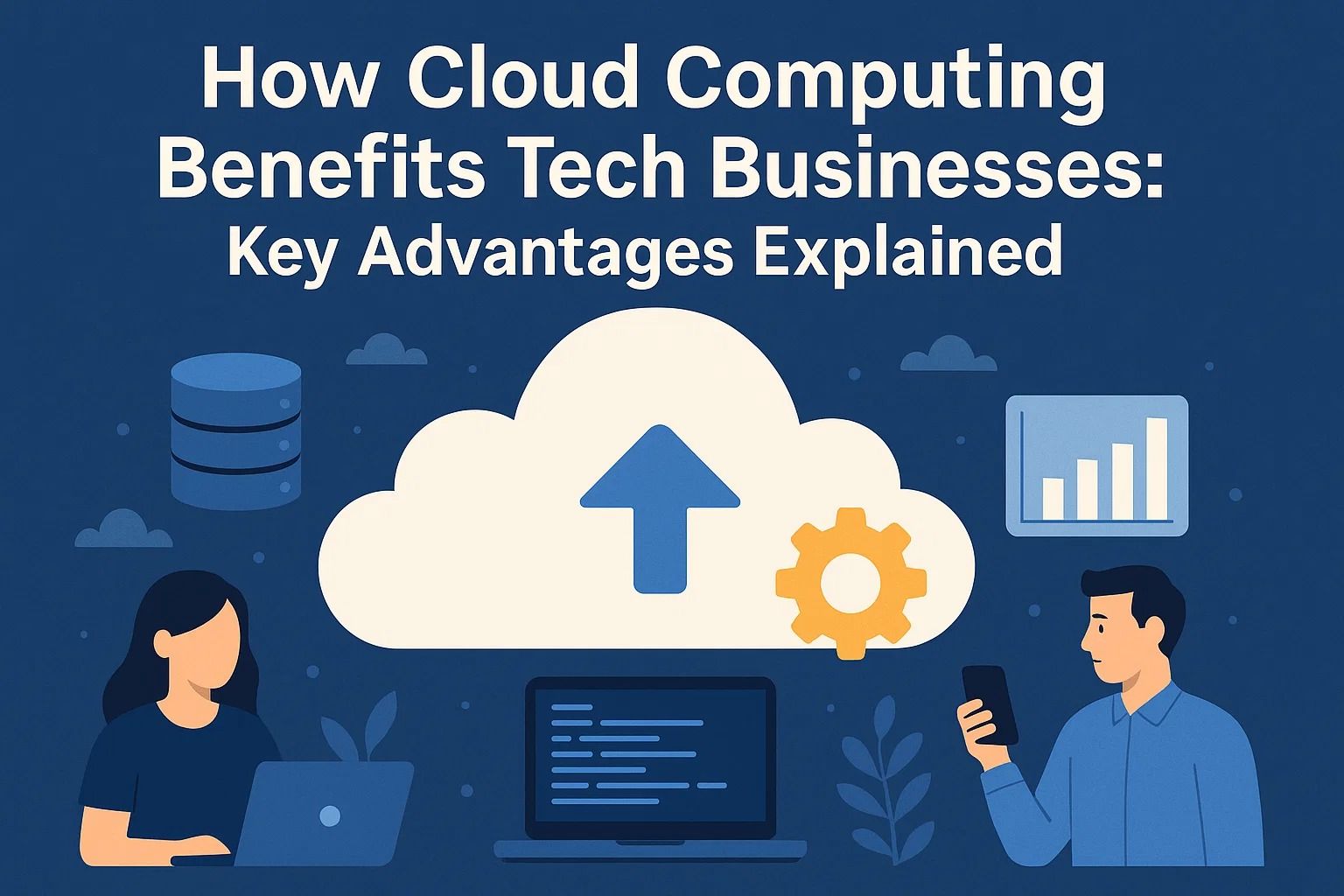
Secure and Fast File Sharing Tools for Professionals
Secure and Fast File Sharing Tools for Professionals
Updated for 2025 — In a professional environment, secure and fast file sharing is no longer optional. Whether you work in design, software development, legal services, or remote consulting, the ability to exchange files safely and instantly defines productivity. Losing time due to upload delays or risking data leaks can be disastrous for teams that depend on real-time collaboration. This article begins with a deep look into what makes modern file-sharing tools efficient, compliant, and secure.
Why Professionals Need More Than Just File Uploads
File sharing has evolved far beyond simple attachments or public cloud links. In 2025, professionals need end-to-end encryption, permission control, version tracking, and speed optimization across multiple devices. A single tool must handle confidential client data while ensuring instant access for authorized team members worldwide.
Companies that underestimate secure file sharing often experience data exposure incidents. According to cybersecurity reports, more than 60% of breaches in SMEs come from misconfigured sharing permissions or weak link protection. Professionals who manage contracts, intellectual property, or media assets must therefore adopt systems that meet compliance and encryption standards.
1. Core Elements of a Professional File Sharing Tool
Security and performance are the foundation of modern sharing systems. Below are the primary factors experts recommend evaluating before adopting a platform.
- Encryption Standards: Tools should use AES-256 for data at rest and TLS 1.3 for data in transit. These protocols prevent interception and tampering during transfer.
- Zero-Knowledge Architecture: Providers like Sync.com or Tresorit never store or access your decryption keys, meaning even the service itself cannot read your files.
- Access Control: Role-based permissions, password-protected links, and automatic link expiration ensure only authorized parties gain access.
- Transfer Protocols: Platforms that utilize
UDPacceleration orWebRTCcan outperform traditional HTTP uploads by up to 40%. - Compliance: For regulated industries (finance, healthcare, law), GDPR, HIPAA, and SOC 2 Type II certification are crucial.
Security Tip: Always confirm your platform includes both client-side encryption and multi-factor authentication. Password-only access is insufficient in professional environments.
2. Balancing Speed and Data Privacy
Professionals often face the trade-off between speed and security. Services that focus solely on encryption may experience longer upload times, while high-speed solutions sometimes neglect privacy. The ideal service integrates both using hybrid infrastructure and distributed edge servers. For instance, Tresorit employs encryption on the client side but accelerates data routing via regional nodes for minimal latency.
Another key performance factor is parallelization. Modern file-sharing tools split large files into encrypted chunks and upload them simultaneously through multiple channels. This technique reduces total transfer time without compromising encryption strength.
| Service | Encryption | Transfer Speed | Compliance |
|---|---|---|---|
| Sync.com | Zero-knowledge AES-256 | High (regional servers) | GDPR, PIPEDA |
| Tresorit | Client-side AES-256 | Medium-High | GDPR, HIPAA, ISO 27001 |
| Dropbox Business | Server-side AES-256 | Very High | SOC 2, ISO 27018 |
| WeTransfer Pro | TLS + optional password | Fast (CDN-based) | GDPR |
3. Features That Define Enterprise-Grade Tools
Beyond encryption and performance, professionals should consider integration and collaboration capabilities. Leading tools provide built-in document viewers, commenting systems, and audit logs. Integration with workflow systems like Slack, Microsoft Teams, or Google Workspace minimizes context switching and improves efficiency.
- Version History: Enables teams to roll back to previous file iterations, essential for development or creative workflows.
- Activity Monitoring: Logs who accessed, downloaded, or shared a file — critical for compliance reporting.
- Automated Sync: Keeps offline and cloud versions identical across devices.
- Link Expiry: Ensures shared files disappear automatically after a set time or download limit.
- Integration APIs: Allow custom workflows or app-level automation.
For example, a design agency might use Dropbox Business for daily operations due to its integration with Adobe Creative Cloud, while a legal firm may prefer Tresorit for its strict encryption and document control policies. The ideal choice depends on both security requirements and workflow style.
Case Example: Remote Engineering Teams
A distributed software team working across three continents needs to transfer build artifacts and source code packages several times a day. Traditional email attachments or unencrypted FTP servers are unacceptable. Instead, using a zero-knowledge platform with built-in access logs provides both transparency and compliance with corporate data governance policies.
In such teams, the ability to upload multi-gigabyte archives quickly via regional edge servers can save hours per sprint cycle. Combined with automated synchronization, these systems reduce dependency on manual file tracking and prevent version conflicts.
4. Evaluating the Cost-to-Value Ratio
While free file-sharing platforms exist, they rarely meet professional-grade requirements. Paid plans usually offer higher storage limits, priority transfer bandwidth, dedicated support, and compliance documentation. However, cost-effectiveness depends on organizational scale:
- Freelancers: Lightweight tools like WeTransfer Pro or Sync.com balance affordability and privacy.
- Small Teams: Solutions with versioning and collaborative editing such as Dropbox Business or Google Drive Enterprise are preferable.
- Enterprises: Platforms like Tresorit or Box Business Plus provide compliance-grade encryption, centralized admin control, and integration APIs.
Most vendors now offer hybrid or per-user pricing models. When calculating value, include time saved through speed optimization and potential costs avoided from data breaches.
5. Common Mistakes to Avoid
Even the most advanced file-sharing service can be compromised by poor practices. Below are errors that professionals frequently make:
- Sharing public links without passwords or expiry dates.
- Storing confidential files in consumer-level drives without business compliance.
- Using outdated desktop clients that lack patch security updates.
- Ignoring regional data residency requirements when transferring across borders.
- Failing to revoke access for ex-employees or external contractors.
Note: Even reputable platforms are only as secure as user settings. Always enable password-protected sharing and MFA for sensitive files.
When properly configured, a professional file-sharing system can streamline collaboration, protect data integrity, and maintain compliance simultaneously. Security does not need to slow down workflow — it enhances trust among clients and partners.
In the next part, we’ll conduct a detailed comparison of the best tools for 2025, evaluating their encryption depth, regional server performance, integrations, and unique privacy controls. Meanwhile, explore our detailed guide on Cloud Hosting Security Tips for additional protection practices.
Comparing the Top Secure File Sharing Tools in 2025
Part 2 — With dozens of file-sharing platforms claiming to be “secure” and “fast,” professionals must separate marketing from measurable performance. In this section, we compare leading tools based on encryption, transfer protocols, compliance, and workflow efficiency. Each option offers unique strengths, and your choice depends on the nature of your projects, regulatory environment, and team size.
1. Dropbox Business — Speed and Ecosystem Integration
Dropbox Business remains a top choice for enterprises that prioritize reliability and team collaboration. Its infrastructure relies on a massive global CDN, enabling exceptionally fast upload and download speeds regardless of location. It integrates natively with Microsoft Office, Slack, Zoom, and Adobe Creative Cloud.
- Encryption: AES-256 at rest, TLS 1.3 in transit.
- Compliance: SOC 2, ISO 27018, GDPR.
- Unique Feature: Smart Sync — displays files without local storage usage.
However, Dropbox’s encryption model is server-side, meaning the company holds the decryption keys. While compliant, this may not suit professionals handling classified or client-confidential material.
2. Tresorit — Enterprise-Grade Privacy
Tresorit is widely regarded as one of the most privacy-focused file-sharing services. It implements zero-knowledge encryption, ensuring only the user controls the encryption keys. Even Tresorit employees cannot decrypt your files.
- Encryption: End-to-end AES-256, keys stored locally.
- Compliance: GDPR, HIPAA, ISO 27001.
- Storage: European servers (Switzerland and Germany).
Tresorit’s focus on security slightly impacts transfer speed compared to Dropbox or Google Drive. Yet for law, healthcare, or R&D sectors, it provides unmatched confidentiality. Users can revoke shared links instantly, set download limits, and track access activity.
3. Sync.com — Simplicity Meets Zero-Knowledge Security
Based in Canada, Sync.com combines zero-knowledge encryption with consumer-friendly design. Professionals appreciate its straightforward desktop and mobile apps, automatic backups, and affordable pricing.
- Encryption: Zero-knowledge AES-256, client-side.
- Compliance: PIPEDA, GDPR, and Canadian privacy standards.
- Strengths: Cost-effective, unlimited link sharing with passwords.
Sync.com’s web performance is slower than CDN-driven competitors, but for freelancers or small teams, its price-to-security ratio is among the best. It’s particularly suited for agencies managing contracts, accounting data, or NDAs.
4. WeTransfer Pro — Simplicity for Creative Workflows
WeTransfer Pro is ideal for professionals in design, media, and marketing. It prioritizes ease of use and visual presentation. Uploads up to 200 GB per transfer make it perfect for video editors and photographers sharing high-resolution assets.
- Encryption: TLS 1.3, password-protected downloads.
- Compliance: GDPR, DPA-certified hosting.
- Special Feature: Custom branding for download pages.
WeTransfer lacks full end-to-end encryption, so it is not ideal for confidential documents. However, its global infrastructure ensures top-tier upload speeds and visually polished delivery, aligning well with creative professionals and agencies.
5. Google Drive Enterprise — Collaboration at Scale
Google Drive Enterprise integrates directly into Google Workspace, allowing real-time collaboration on documents, spreadsheets, and presentations. Its speed and accessibility are unmatched, thanks to Google’s network backbone.
- Encryption: AES-256 server-side, TLS 1.3 in transit.
- Compliance: GDPR, ISO 27018, FedRAMP.
- Features: Version history, live editing, role-based sharing.
However, its dependence on Google’s ecosystem limits its appeal for users seeking zero-knowledge encryption. Businesses prioritizing collaboration over total privacy often find Google Drive Enterprise to be the best trade-off.
Performance Note: For high-speed transfers across continents, services using regional edge networks—like Dropbox or WeTransfer—tend to outperform privacy-heavy providers.
6. Box Business — Control and Compliance
Box Business focuses on large organizations that require fine-grained access control and compliance automation. Its admin console allows detailed permission settings, audit logs, and workflow automation for document approvals.
- Encryption: AES-256 with optional Box KeySafe for customer-managed keys.
- Compliance: HIPAA, FINRA, FedRAMP Moderate.
- Integration: Microsoft 365, Salesforce, Slack.
Box offers a balanced approach: strong encryption with enterprise compliance. Its built-in data classification and DLP (Data Loss Prevention) tools make it suitable for financial institutions and legal firms handling sensitive data.
Performance Comparison Summary
| Service | Encryption Type | Transfer Speed | Best For |
|---|---|---|---|
| Dropbox Business | Server-side AES-256 | ★★★★★ | Corporate teams, creative professionals |
| Tresorit | End-to-end AES-256 | ★★★★☆ | Legal, medical, and security-focused users |
| Sync.com | Zero-knowledge AES-256 | ★★★☆☆ | Freelancers, consultants |
| WeTransfer Pro | TLS, password-only | ★★★★★ | Designers, media agencies |
| Google Drive Enterprise | Server-side AES-256 | ★★★★★ | Large teams, real-time collaboration |
| Box Business | Server-side AES-256 (KeySafe) | ★★★★☆ | Enterprises with compliance needs |
7. Choosing the Right Platform
Selecting the best file-sharing tool depends on your organization’s risk profile and collaboration intensity. Here is a decision framework professionals often use:
- Need full privacy? → Choose Tresorit or Sync.com.
- Need speed and integration? → Opt for Dropbox Business or Google Drive Enterprise.
- Creative sharing with visual presentation? → Go for WeTransfer Pro.
- Regulated industries requiring compliance? → Box Business offers the best audit and DLP control.
The decision isn’t always binary. Many teams use a hybrid approach — for instance, Dropbox for everyday collaboration and Tresorit for confidential client documents. A structured access policy ensures the right balance between efficiency and data integrity.
Practical Evaluation Checklist
- Is data encrypted before upload and during transfer?
- Does the provider support two-factor authentication?
- Can you revoke or expire shared links remotely?
- Does it integrate with your preferred tools?
- Are data centers regionally compliant with your jurisdiction?
Applying these five checks filters out most consumer-grade tools immediately. The remaining few represent enterprise-level reliability.
8. Real-World Workflow Examples
Consider a global marketing agency that collaborates with video editors, copywriters, and clients across multiple time zones. They use WeTransfer Pro for heavy media assets, Google Drive Enterprise for document co-editing, and Sync.com for securely archiving contracts. This tri-platform setup optimizes speed, privacy, and accessibility.
By contrast, a cybersecurity consulting firm might rely entirely on Tresorit due to strict NDA obligations. Its administrators can enforce link expiration, disable reshares, and require MFA per download session. Though slower, the assurance of zero-knowledge encryption outweighs minor delays.
Integration Insight: Most of these tools support Zapier or API-based automation, enabling automatic uploads from project management systems or secure archiving after file approval.
Each service carries trade-offs, but the ultimate goal remains constant: balancing security with seamless collaboration. As data volumes grow, professionals must re-evaluate tools yearly to ensure both compliance and usability keep pace.
In the final part, we’ll outline advanced configuration practices, automation strategies, and hybrid storage models for professionals seeking maximum performance and airtight security. Meanwhile, you can explore related insights on Shared Hosting Pros and Cons to understand similar trade-offs in hosting performance and reliability.
Advanced File Sharing Strategies for Professionals
Part 3 — Advanced Section — After exploring the core principles and platform comparisons, it’s time to look at how professionals can optimize secure file sharing at scale. The tools alone do not guarantee safety or speed — configuration, automation, and user discipline do. This part focuses on advanced practices such as hybrid cloud setups, automation, endpoint protection, and long-term data retention strategies.
1. Hybrid Cloud Sharing — Combining Privacy and Speed
Hybrid cloud file sharing blends the best of two worlds: private storage for confidential assets and public infrastructure for fast delivery. Many organizations now deploy encrypted storage on-premises while using public CDNs for temporary file distribution. This architecture enables instant access without compromising sensitive data.
- Host encryption keys on a private or managed HSM (Hardware Security Module).
- Distribute large assets using time-limited signed URLs.
- Automate file expiration and cleanup policies.
This model benefits agencies that deliver media files to clients or developers who share builds with partners but must keep the source assets protected.
2. Automating File Sharing Workflows
Manual uploads waste time and increase the chance of human error. Automation platforms like Zapier, n8n, or Make (Integromat) can connect your file-sharing tools to project management systems, CRMs, or CI/CD pipelines.
Example automations include:
- Automatically uploading finalized documents to Google Drive Enterprise once approved in Asana.
- Archiving project files to Tresorit after client approval.
- Sending share links via Slack or Teams instantly after build completion.
Efficiency Tip: Automation can reduce average transfer management time by 30–50% in remote teams.
3. Endpoint and Access Security
Encryption in transit and at rest is ineffective if endpoint devices are compromised. Professionals must extend protection to the devices used for uploading and downloading data.
- Use endpoint encryption and verified OS-level storage protection (e.g., BitLocker, FileVault).
- Enforce MFA (multi-factor authentication) for all sharing accounts.
- Restrict access via device management policies and IP whitelisting.
- Regularly audit who has access to shared folders.
Failure to control endpoint security often leads to credential theft — the main cause of unauthorized data sharing incidents. Even a perfectly encrypted transfer cannot protect data if an attacker compromises a user’s laptop.
4. Data Lifecycle and Retention Policies
Professional organizations must also plan what happens after files are shared. Uncontrolled data accumulation increases risk. Implementing retention policies ensures old data is automatically deleted or archived after a defined period.
Recommended practices:
- Define retention timelines per data category (e.g., 90 days for project drafts, 2 years for legal records).
- Use automation to move old data into cold storage or encrypted archives.
- Audit file metadata quarterly to detect orphaned or stale data.
Some providers like Box Business or Tresorit already include automated retention policies. For others, administrators can script cleanup processes through APIs.
5. Integrating File Sharing with Collaboration Platforms
Modern workflows rely on constant communication. File sharing should not operate in isolation. Integration with project management tools, chat systems, and email clients allows users to share files instantly within context — without redundant uploads or version mismatches.
For instance, a marketing team can connect Dropbox Business with Slack and Canva to ensure all creatives access the same source files. Similarly, Google Drive Enterprise and Asana integration lets teams track document progress without switching between tabs.
Integration Example: Using APIs, you can trigger secure link creation in Tresorit or Sync.com directly from CRM systems, reducing human error and improving traceability.
6. Mobile and Remote Access Optimization
Professionals often work across devices. File-sharing platforms should provide mobile apps with offline access and biometric login. Ensure that mobile uploads respect the same encryption policies as desktop transfers. For high-security environments, enable app-level encryption or mobile containerization using MDM (Mobile Device Management).
Remote teams should route all file-sharing activity through VPNs or SASE (Secure Access Service Edge) frameworks to prevent interception. This maintains end-to-end visibility and consistent encryption.
7. Measuring and Auditing File Sharing Efficiency
Efficiency is quantifiable. IT administrators should monitor transfer latency, error rates, and user adoption. Many platforms provide built-in analytics dashboards showing upload/download times and access frequency.
Audit reports should include:
- File access timestamps.
- Download origins (IP, region).
- Permission changes.
- Link creation and deletion logs.
These analytics help organizations identify bottlenecks and enforce data handling compliance. For instance, detecting repeated downloads from unauthorized regions may indicate credential compromise.
8. Future Trends in Secure File Sharing
The next generation of file-sharing tools is moving toward decentralized storage and blockchain-based access control. Technologies like IPFS and Web3 storage offer tamper-proof integrity verification, ensuring files cannot be altered after upload. Although not yet mainstream in corporate use, these systems will likely complement traditional cloud storage in the coming years.
AI-driven anomaly detection is also emerging — automatically flagging suspicious sharing patterns and unauthorized downloads. Combined with zero-trust architecture, this represents the future of digital collaboration security.
9. Final Recommendations
Secure and fast file sharing is an evolving practice, not a one-time setup. Professionals must periodically audit tools, update encryption standards, and educate users. The best results come from combining a well-chosen platform with disciplined policies and automation. Whether your team uses Dropbox for speed or Tresorit for privacy, maintaining security hygiene and access control remains the ultimate defense.
Summary: Choose a platform that matches your security requirements, automate routine transfers, secure every endpoint, and review access logs regularly. Speed and safety are compatible when approached systematically.
For ongoing data protection insights, visit our article Key Metrics Every Tech Entrepreneur Should Track, which discusses analytical frameworks that can also improve digital asset management.
Conclusion
In 2025, professionals operate in a world where collaboration happens across continents, devices, and compliance boundaries. The right file-sharing solution must deliver not only speed but provable privacy and control. By integrating automation, hybrid architecture, and rigorous auditing, teams can achieve efficiency without sacrificing security. The most effective systems are not the fastest or the most encrypted — they are the ones configured intelligently for the specific operational and regulatory needs of their users.
















